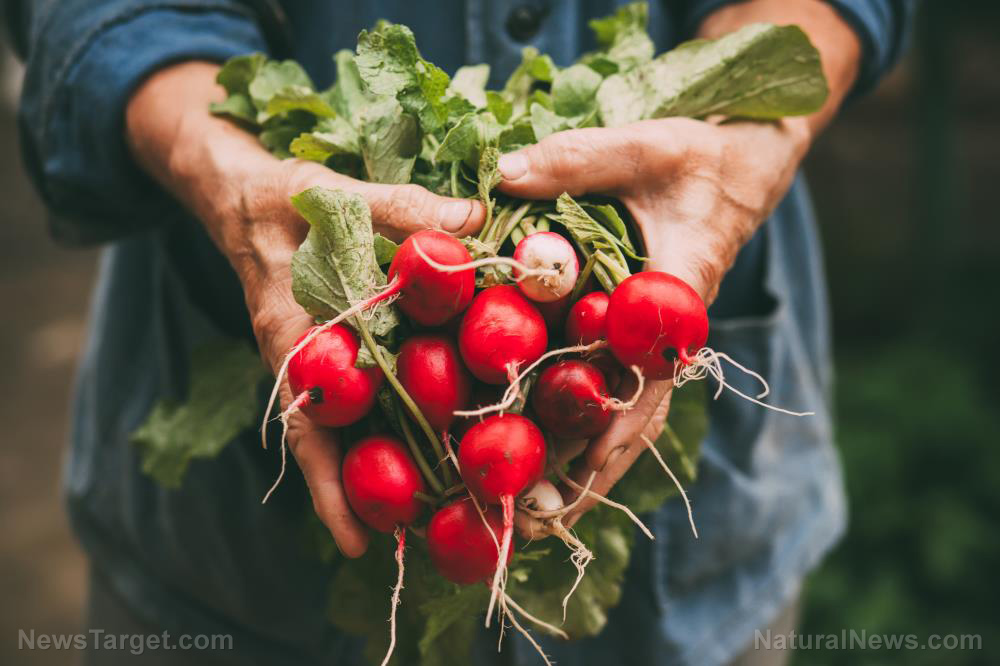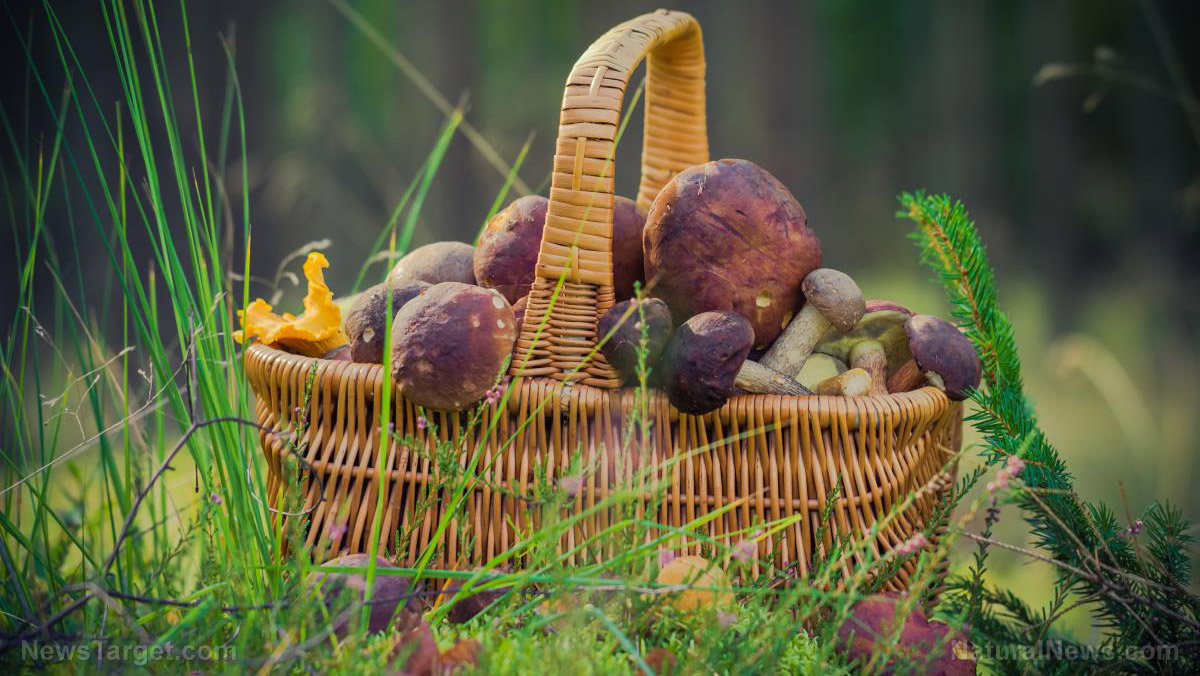
Advertisement
Radishes used to be a popular root vegetable, often appearing in salads, stews and relishes. Its popularity, however, has waned in recent years, likely due to its characteristic pungent aroma and taste.
That said, radishes are seeing a resurgence of sorts, especially among paleo and keto dieters and other proponents of healthy eating. This is because radishes are incredibly nutrient-dense, with just one cup offering about 28 percent of one’s recommended daily allowance of vitamin C, a potent antioxidant that helps neutralize the effects of free radicals in the body.
Aside from vitamin C, radishes are also good sources of essential vitamins such as folate, riboflavin, niacin, vitamin B-6 and vitamin K, as well as minerals such as calcium, magnesium, zinc, phosphorous, copper, manganese, sodium and potassium.
With this in mind, it’s no surprise that radishes have long been used in traditional medicine, primarily as a natural treatment for diseases and health conditions such as coughs, gastric discomfort, constipation, dyspepsia, arthritis, gallstones and kidney stones, among others.
Nowadays, science has linked radishes to several health benefits. This veggie can also support cardiovascular health, support digestive health, aid in weight loss, detoxify the liver, prevent gallstone formation, support healthy skin, support optimal bone health and even fight cancer
Because of these numerous health benefits, it’s not surprising that many people are starting to grow their own radishes right in the comfort of their own homes.
Thinking of joining the pack and growing your own radishes? Here’s what you need to know:
How do I grow my own radishes?
Known for being cool-weather crops, radishes are nutritious and easy-to-grow root vegetables that can be harvested as soon as three weeks after planting, making them valuable additions to any kitchen garden.
As with all vegetables, however, one must make sure that all its growing requirements — soil condition, ambient temperature, sunlight — are met in order for them to grow properly and produce high yields.
One important thing that aspiring radish farmers and growers need to know is that radishes prefer rich and well-draining soil. This means that those with clay-like soil in their gardens must add sand in order to loosen its particles and prevent them from compacting.
Aside from rich, well-draining soil, radishes also need bright sunlight to grow properly. This means that growers must select a spot that receives at least six hours of bright sunlight daily.
Once you have that covered, you can proceed to plant your own radishes.
- Sow radish seeds about four to six weeks before the last frost.
- Sow the radish seeds in prepared holes that are around an inch deep. Plant them one inch apart in rows.
- Plant seeds every ten days or so. This will ensure that you have a steady supply of radishes in late spring and early summer.
- Thin radishes to about two inches apart once the plants are a week old. This must be done because crowded plants do not grow well.
- Make sure that the soil is evenly moist but not waterlogged.
- In the event that you live in a drier area, put a thin layer of mulch around your radishes to help them retain moisture.
Short on space? Don’t worry — radishes can be grown in containers, provided the following conditions are met:
- Radish seeds must be sown in round, well-draining containers that are at least six inches deep.
- Radishes must be planted in concentric circles to facilitate easy monitoring and harvesting.
- Containers must be easy to transport to cooler locations in the event that the weather grows too warm.
How and when can I harvest my radishes?
Unlike other vegetables, radishes mature quite rapidly, with some varieties even reaching harvesting size as soon as three weeks after planting.
As noted in the Old Farmer’s Almanac, most varieties of radishes are ready for harvesting once their roots reach approximately 1 inch in diameter. To check, you can lift the whole plant or push the soil aside gently, just to confirm if they are large enough to harvest.
Once the radishes have reached the appropriate size, lift them up from the ground, cut the tops and tails off and wash and dry them thoroughly.
Once cleaned, radishes can be stored in refrigerators for up to three weeks. The cut greens, on the other hand, do not keep well for long and must be used within three days.
Every bit a healing food that boasts quite an impressive array of health benefits, crisp and delicious radishes are a good addition to any kitchen garden.
Sources:
Advertisements







